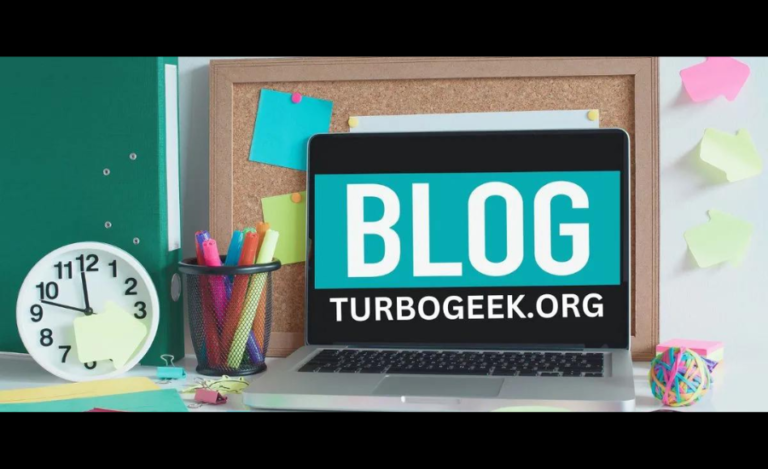Google Forms Security Issues – A Detailed Guide
Google Form is one of the most popular tools for creating surveys, quizzes, and data collection forms.
Although, while it’s easy to use, security risks can arise if proper precautions aren’t taken. You need to be aware about potential risks of phishing attacks, data breaches, and unauthorized access.
Knowing these risks and applying strong security practices is a MUST to protect sensitive information and ensure that Google Forms remains a safe and effective tool for data collection.
Common Security Concerns with Google Forms
While Google Forms offers a convenient platform for data collection, it comes with several security concerns. Phishing attacks are a major threat where attackers create fake forms to trick users into providing sensitive information like passwords or financial data.
Data breaches and unauthorized access can also occur if forms are not properly secured, leading to potential exposure of personal information.
Additionally, data interception during transmission poses a risk, especially if users are not aware of best practices for securing their forms. Identifying these threats is important for minimizing vulnerabilities when using Google Forms.
Evaluating Google Forms Security Features
Google Forms comes with several built-in security features to protect user data. SSL encryption ensures that data transmitted between users and Google servers is secure from interception.
Spam detection tools help minimize unwanted submissions, while access restriction options allow form creators to control who can view or edit the form. While these features provide a good level of security, they have limitations.
For instance, phishing attempts may still bypass spam detection, and access controls are only effective if used properly.
Best Practices to Secure Your Google Forms
Use Strong and Unique Passwords
To safeguard your Google Forms, it’s crucial to use strong and unique passwords for your Google account. A strong password minimizes the risk of unauthorized access, which could lead to data breaches.
Avoid common words or phrases and use a combination of letters, numbers, and symbols to create a secure password.
Enable Two-Factor Authentication (2FA)
Enabling Two-Factor Authentication (2FA) adds an extra layer of security to your Google account, requiring a second form of verification, such as a code sent to your phone.
This makes it harder for unauthorized users to access your account, even if they have your password, thereby securing your forms from potential breaches.
Manage Access Permissions
Sometimes spammers fill up forms continuously. But you can avoid this problem by using the limit response option of Google Forms. Check out the Supatool guide to learn how to limit responses in Google Forms and protect your forms from spam.
Monitor and Educate Users
Regularly monitor your Google Forms for unusual activity, such as unexpected submissions or access attempts. This can help you identify and respond to potential security threats promptly.
Educating users about recognizing phishing attempts and suspicious behaviors is also essential in preventing security breaches and maintaining a safe data collection environment.
Ensuring GDPR and HIPAA Compliance
When using Google Forms to collect sensitive information, it’s essential to comply with data protection regulations like GDPR (General Data Protection Regulation) and HIPAA (Health Insurance Portability and Accountability Act).
To ensure compliance, configure privacy settings within Google Forms, such as limiting form access and enabling data encryption. It’s also crucial to practice data minimization—collecting only the data necessary for a specific purpose—and ensuring secure storage of collected information.
These steps help protect user data from unauthorized access or breaches, maintaining legal compliance and building trust with respondents.
Google Forms vs. Alternatives: Which Is More Secure?
When comparing Google Forms with other form-building tools like Microsoft Forms, Supatool, Jotform, several security aspects come into play. Both platforms offer SSL encryption for secure data transmission and access controls to manage who can view or edit forms.
However, Microsoft Forms may offer more robust compliance options for enterprise users, such as better integration with Microsoft’s security and privacy settings.
The choice between Google Forms and its alternatives ultimately depends on the user’s specific security needs, such as encryption standards, compliance requirements, and additional security features.
Final Thoughts
Google Forms offers several built-in security features, such as SSL encryption, spam detection, and access controls, which provide a solid foundation for protecting data.
However, these features alone may not be sufficient to guard against all security threats. Users must take additional steps, like using strong passwords, enabling Two-Factor Authentication (2FA), and regularly monitoring form activities to ensure maximum security.
Moreover, compliance with regulations like GDPR and HIPAA is crucial when handling sensitive information. By following best practices, users can enhance the security and privacy of their Google Forms.
Keep an eye for more news & updates on Tech Trand!






